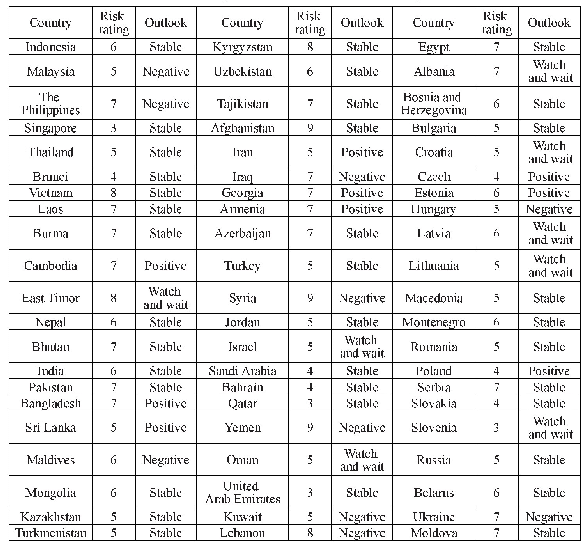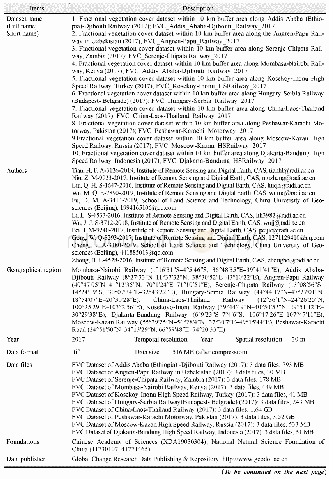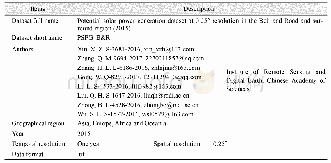《Table 1.Contributions of the“Belt and Road”Initiative to GDP Growth of Related Countries (%)》
 提示:宽带有限、当前游客访问压缩模式
提示:宽带有限、当前游客访问压缩模式
本系列图表出处文件名:随高清版一同展现
《Constructing a New International Trade and Economic Order Based on Modern Free Trade Agreements——China's Strategies and Options in Response to the Trend of De-Globalization》
Source.Chen Hong&Yang Chengyu(2015).24Notes.Case 1 is the most conservative circumstance,Cases 2&3 are intermediate circumstances between Cases 1 and 4,and Case 4 is the ideal circumstance for trade liberalization.
Recent years have seen a measure of progress in China’s economic cooperation in East Asia and the Asia-Pacific region.This has included bilateral free trade agreements signed between China and South Korea,Australia,New Zealand,and other countries.However,China’s economic integration in East Asia and even with ASEAN has been blocked from further progress.This has been due to the constant attempts of all U.S.administrations to smother any effort to establish an economic cooperation organization in which it fails to gain dominance and from which it is excluded.Now that TPP is difficult to sustain,China can accelerate the implementation of the“Belt and Road”initiative.China can look for additonal markets for its products and capital by fully developing its strong market traction and advantages in capital,technology,commodities,and infrastructure output,along with strengthening economic ties and cooperation with Asian,European,and even African countries along the“Belt and Road”.They can also avoid possible future conflicts with the United States and even the European Union.
| 图表编号 | XD00212159800 严禁用于非法目的 |
|---|---|
| 绘制时间 | 2018.06.01 |
| 作者 | Yin Jiyuan |
| 绘制单位 | Jiangsu Vocational Institute of Commerce |
| 更多格式 | 高清、无水印(增值服务) |





